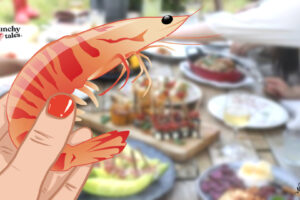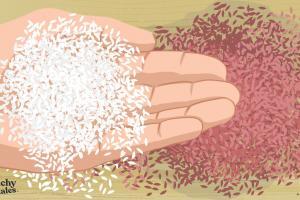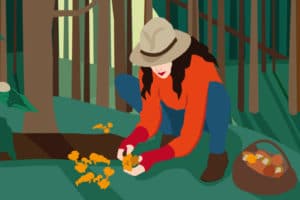Eat Your Blooms: A Little Guide To Edible Flowers
After falling out of favour for many years, cooking and garnishing with flowers is back in vogue once again. Thanks in part to online recipes and cooking shows that highlight their use, it seems that wherever we go to eat nowadays from California’s Napa Valley to Melbourne, from Stockholm to London, petals will be strewn on our plates. It’s easy to see why: culinary flowers are delicious as well as beautiful, offering unique flavours and aromas to any creations.
Eye-catching, colourful petals and buds including lavender, elderflower, rose, and violets, make a great addition to cakes and biscuits, as well as on side dishes and fruit desserts providing texture and crunch. You can sprinkle edible flowers in your green salads for a splash of colour and taste or freeze whole small flowers into ice rings or cubes for a pretty addition to punches and other beverages. You can also use them to flavour oils, vinaigrettes, jellies, and marinades.
However, before delving deeply onto your magic recipes, it’s better to identify the flowers more than once. Always double-check that they have not been sprayed or are so close to a road that they may have been over-polluted by passing traffic. The best thing to do if you want to enhance your dishes with flowers is to grow them at home or buying your blooms at selected organic stores or online.
Tips & Hints
Rebecca Sullivan, author of The Art of Edible Flowers (Kyle Books) and founder of the ‘Granny Skills‘ movement (that aims to protect heritage, culture, skills, knowledge and traditions of elders in Australia) introduces us to a joyful exploration of the many ways in which flowers can be used in a range of delicious recipes. From Rose and Lavender Cocktail Syrup to Jasmine and Green Tea Ice Cream, including savoury options like Courgette Carpaccio with Wood Sorrel Flowers and Artichokes with Roasted Garlic and Chive Flowers, there is always a good reason for using blooms.
Here are her favourite edible flowers to make kitchen wonders:
Calendula
Also called Marigold. These beauties actually have some peppery spice and little bitterness to them. They are used in so many medicinal remedies for everything from menstrual cramps to anxiety and flu. But for everyday use them in omelettes, salads, dried out in tea and sprinkled over your porridge in the morning with a little raw, local honey.
Carnation
It comes in many a colour from yellow to pink and its petals look superb as a garnish on just about everything. Try the petals in any dessert as they have a hint of clove and are a little sweet.
Cornflower
Also called Bachelors button. Easy to grow, easy to dry and great in everything from the perfect cup of earl grey tea to elderflower jelly. They come in blues and purples and have a hint of clove. They are very easy to dry out and make a great natural food colouring.
Cucumber Flowers
Bright yellow, found on top of the cucumber in its baby years and absolutely wonderful in sweet savoury and sweet dishes. Perfect in cold soups like gazpacho, roast veggies with pesto and anything with honey.
How to use edible flowers safely
- Only eat organic grown flowers or flowers which you have grown yourself or buy them from a selected organic food supplier.
- Make sure to eat only flowers which are known to be edible
- Ideally, edible flowers should be harvested in the cool, morning hours, when they are still full of water
- If you are not going to be using the flowers immediately, cut them with the stems intact and keep them in water. You could also store them in damp paper towels, in the refrigerator.
- Never pick flowers on roadsides or public parks, they may be polluted or treated with chemicals
- Remove pistils and stamens before eating
RECIPE - Crystallised Flowers
Serves 6 to 8
10 edible flowers, 1 egg white (lightly beaten) and caster sugar
Remove the flowers from the stems. Lightly beat the egg white with a fork. Place the caster sugar in a bowl and line a baking sheet or tray with parchment.
Brush beaten egg onto both sides of the flowers with a small artists paint brush, then gently sprinkle both sides with caster sugar and shake off the excess.
Place on the baking sheet and repeat for each flower. Once you have done all the flowers, place them in a warm, dry place such as an airing cupboard for 24-48 hours to dry out completely.
When completely dry the flowers will keep for several months stored in an airtight container layered between sheets of parchment or kitchen paper.



